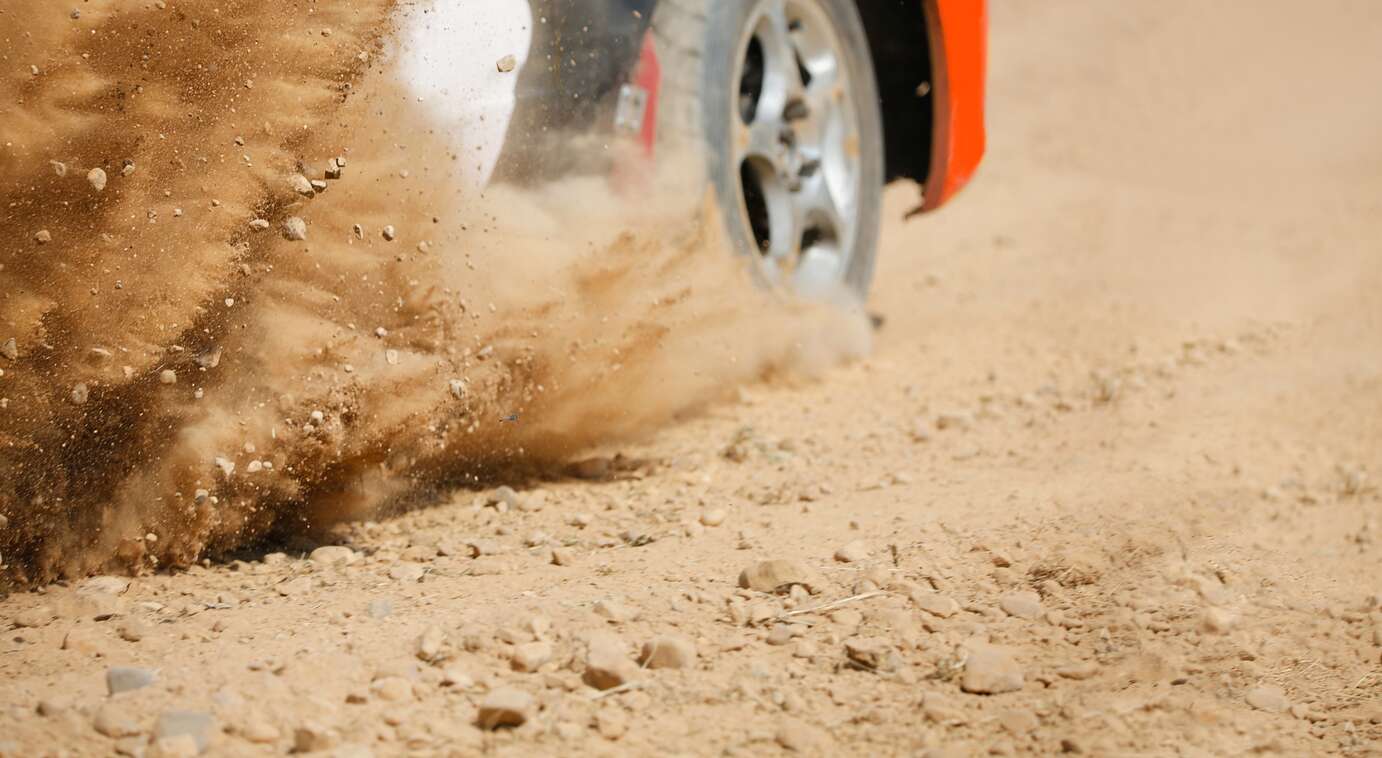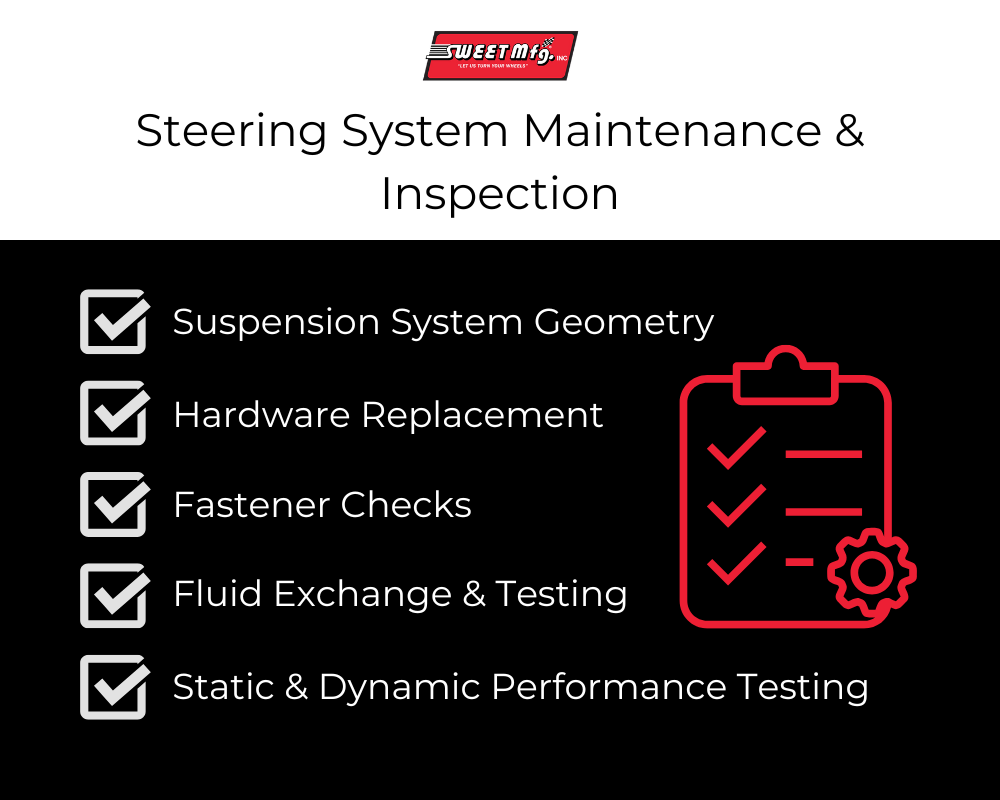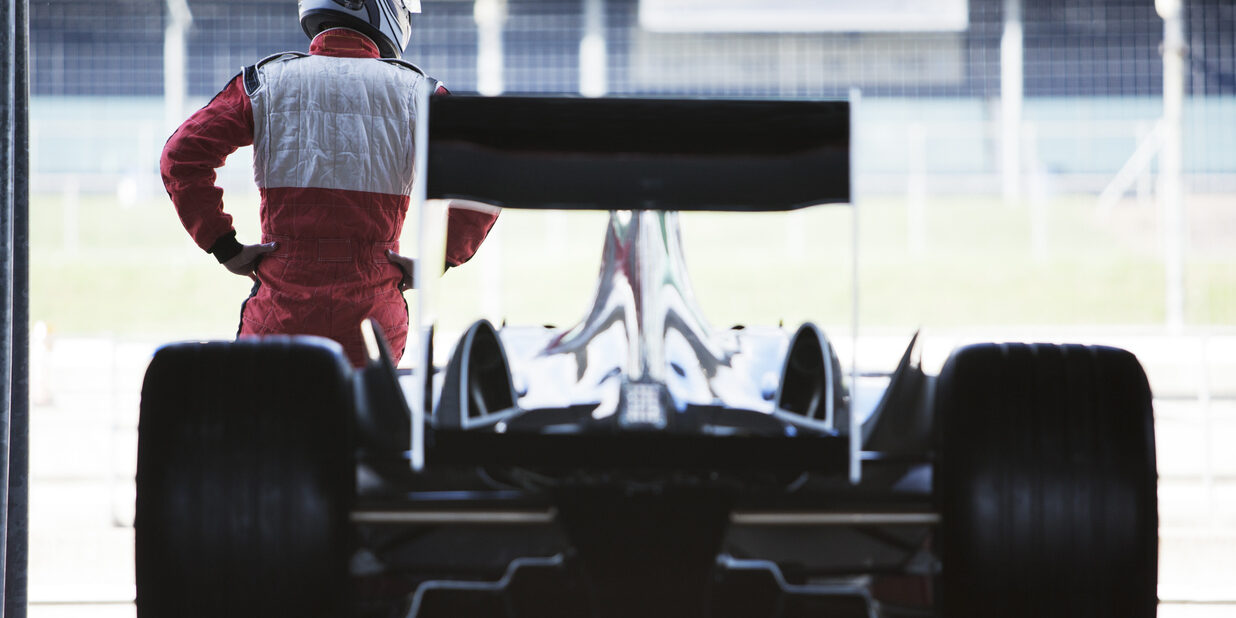Table of Contents
At a Glance: A racing steering system consists of five critical components: the steering box/rack and pinion, power steering pump, steering shaft, tie rods, and steering wheel quick release. These components work together to provide precise control and rapid response essential for competitive racing.
The racing steering system serves as the link between the driver and the vehicle, determining the split-second precision that separates victory from defeat. Unlike conventional passenger vehicles, racing steering systems must withstand extreme forces while delivering lightning-fast response and uncompromising accuracy. These specialized systems are engineered to handle the intense demands of competition, where every fraction of a second counts.
The significance of a properly engineered racing steering system extends beyond mere performance – it’s a critical safety feature that protects drivers during high-speed maneuvers and potential impacts. As speeds increase and competition intensifies, the demands placed on steering components multiply exponentially. Understanding these steering gear components isn’t just about maximizing performance; it’s about ensuring driver safety and maintaining control when pushing the limits of what’s possible on the track.

Core Steering System Components
Racing steering systems consist of seven essential components that work together to provide precise control and optimal performance. These components include the power steering pump, steering column, steering box or rack and pinion, steering wheel, tie-rod ends, and ball joints, each engineered specifically for racing applications.
Power Steering Pump
High-performance racing power steering pumps operate at pressures between 1,200-1,500 PSI, featuring precision-machined internals and specialized cooling passages. These units are calibrated for specific racing disciplines and must be carefully selected based on steering ratio, vehicle weight, and tire configuration.
Steering Column
Racing steering columns utilize aerospace-grade materials like 4130 chromoly steel or carbon fiber composites for maximum torsional rigidity. Key features include collapsible sections for crash protection, quick-release mechanisms for emergency exit, and double-sealed bearing assemblies to prevent contamination.
Steering Box
Traditional steering box systems, popular in drag racing and oval track competition, employ a recirculating ball mechanism. These units excel in durability and provide consistent feedback under extreme conditions, making them ideal for high-stress racing environments.
Rack and Pinion
Prevalent in road racing, rack and pinion steering systems offer superior precision through their linear gear arrangement. This design provides a direct mechanical connection between the steering wheel and tires, enabling razor-sharp response and enhanced steering feel.
Racing Steering Wheel
Purpose-built racing steering wheels feature ergonomic grip designs, integrated quick-release mechanisms, and lightweight construction. Many incorporate control buttons for various vehicle functions and display interfaces for critical race data. Types of steering wheels for racing include flat wheels, dished wheels, standard grip, big grip, coated wheels, and uncoated wheels.
Tie-Rod Ends
Racing-specific tie-rod ends are manufactured from high-strength alloys and feature precision ball joints for zero-play operation. These tie rods maintain precise steering geometry under extreme loads and high-speed conditions.
Ball Joints
Performance ball joints use hardened steel construction with specialized low-friction ball bearings and robust seals. These components are critical for maintaining proper suspension system geometry and steering precision throughout intense racing conditions.
Additional components of a power steering system can include:
- Steering Arms: These forged or billet components transfer motion from the steering box to the tie rods, requiring precise geometry for optimal steering response
- Steering Knuckles: By connecting the wheel hub, suspension, and steering components, these allow the driver to steer the vehicle in the desired direction.
- Center Link/Drag Link: Steering linkage connects the pitman arm to the steering arms, ensuring synchronized wheel movement
- Pitman Arm: This transfers rotational motion from the steering box into linear motion, critical for steering precision
Racing success demands the perfect integration of these vital components, each engineered to withstand the extreme forces of competition while delivering precise control at high speeds and consistent feedback to the driver. For professional-grade racing steering components that deliver championship-winning performance, explore our complete line of specialized steering solutions designed for serious racers.

Performance Optimization and Tuning
Fine-tuning your racing steering system is crucial for achieving optimal performance on the track. Steering ratios and hydraulic system setup play a vital role in how your race car handles at speed.
Steering Ratios and Setup
Steering ratio selection dramatically impacts vehicle control and driver response time. Quick-ratio setups allow for faster steering response with minimal wheel movement, which is essential for technical circuits with frequent direction changes. Track-specific adjustments to these ratios can give drivers a competitive edge, with tighter ratios preferred for road courses and slightly slower ratios for oval tracks where smooth, progressive steering input is crucial.
Hydraulic System Optimization
The hydraulic system’s performance directly affects steering feel and feedback. Proper hydraulic pressure adjustment ensures consistent steering assist without compromising feedback. Flow control calibration is equally important, requiring precise adjustment to match driver preferences and track conditions. Temperature management through proper hydraulic power fluid selection and cooling systems prevents performance degradation during extended racing sessions.

Maintenance and Inspection Protocol
Pre-race inspection represents your first line of defense against steering system failure. Before every race event, carefully examine the steering rack housing for signs of wear or damage. Pay particular attention to mounting points and bushings, ensuring they maintain proper alignment and show no excessive play. Implementing a strict preventive maintenance schedule dramatically extends system life and maintains peak performance.
- Steering System Service: For club racing applications, conduct comprehensive service every 20-25 race hours. This includes complete fluid exchange using high-grade racing power steering fluid and inspection of all seals and bearings.
- Power Fluid Testing: Power steering fluid should be examined not just for level, but also for quality. Dark or contaminated fluid indicates internal wear and requires immediate attention.
- Hardware Replacement: Tie rod ends and steering shaft universal joints should be replaced at manufacturer-recommended intervals, typically every 40-50 race hours.
- Fastener Checks: Using a calibrated torque wrench, verify that all steering component fasteners meet manufacturer specifications, as vibration can gradually loosen critical connections
- Performance Testing: This should include both static and dynamic evaluations and measure steering effort and response at various speeds while monitoring system pressure.
When troubleshooting steering systems, approach each potential issue systematically.
- Fluid Leaks: These often originate at high-pressure fittings or rack seals, so inspection should occur with the system under pressure.
- Binding Conditions: These frequently stem from misaligned mounting points or damaged rack bushings, requiring careful geometric verification.
- Pressure Loss: This typically indicates potential issues with pump wear or belt issues, so verify pump output meets specifications and examine belt tension.
Document all findings and maintenance activities in a detailed log to track system health over time and anticipate potential failures before they occur.
Find the Right Racing Steering Components with Sweet Manufacturing
Selecting the right racing steering components is critical for achieving optimal performance and maintaining control on the track. From the rack and pinion assembly to power steering pumps and steering boxes, each component plays a role in delivering precise handling and driver feedback. As racing technology continues to evolve, we’re seeing advances that promise even more responsiveness and durability, including advanced hydraulic systems that can be fine-tuned for specific racing conditions.
For racers seeking professional-grade steering components that deliver consistent, reliable performance, Sweet Manufacturing offers a comprehensive selection of specialized racing solutions. Our rack and pinions, power steering pumps, and steering boxes are engineered for the demands of professional competitive racing and weekend track events alike. Explore Sweet Manufacturing’s high-quality parts to discover how their expert-designed components can help you achieve better handling and faster lap times.


